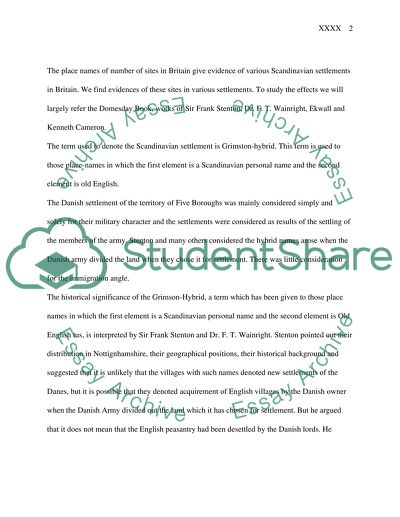Cite this document
(“Scandinavian Settlement in Britain Essay Example | Topics and Well Written Essays - 2250 words”, n.d.)
Scandinavian Settlement in Britain Essay Example | Topics and Well Written Essays - 2250 words. Retrieved from https://studentshare.org/miscellaneous/1526621-scandinavian-settlement-in-britain
Scandinavian Settlement in Britain Essay Example | Topics and Well Written Essays - 2250 words. Retrieved from https://studentshare.org/miscellaneous/1526621-scandinavian-settlement-in-britain
(Scandinavian Settlement in Britain Essay Example | Topics and Well Written Essays - 2250 Words)
Scandinavian Settlement in Britain Essay Example | Topics and Well Written Essays - 2250 Words. https://studentshare.org/miscellaneous/1526621-scandinavian-settlement-in-britain.
Scandinavian Settlement in Britain Essay Example | Topics and Well Written Essays - 2250 Words. https://studentshare.org/miscellaneous/1526621-scandinavian-settlement-in-britain.
“Scandinavian Settlement in Britain Essay Example | Topics and Well Written Essays - 2250 Words”, n.d. https://studentshare.org/miscellaneous/1526621-scandinavian-settlement-in-britain.


